
Best Voltas 1.5 Ton Split AC In India - 2025 Edition
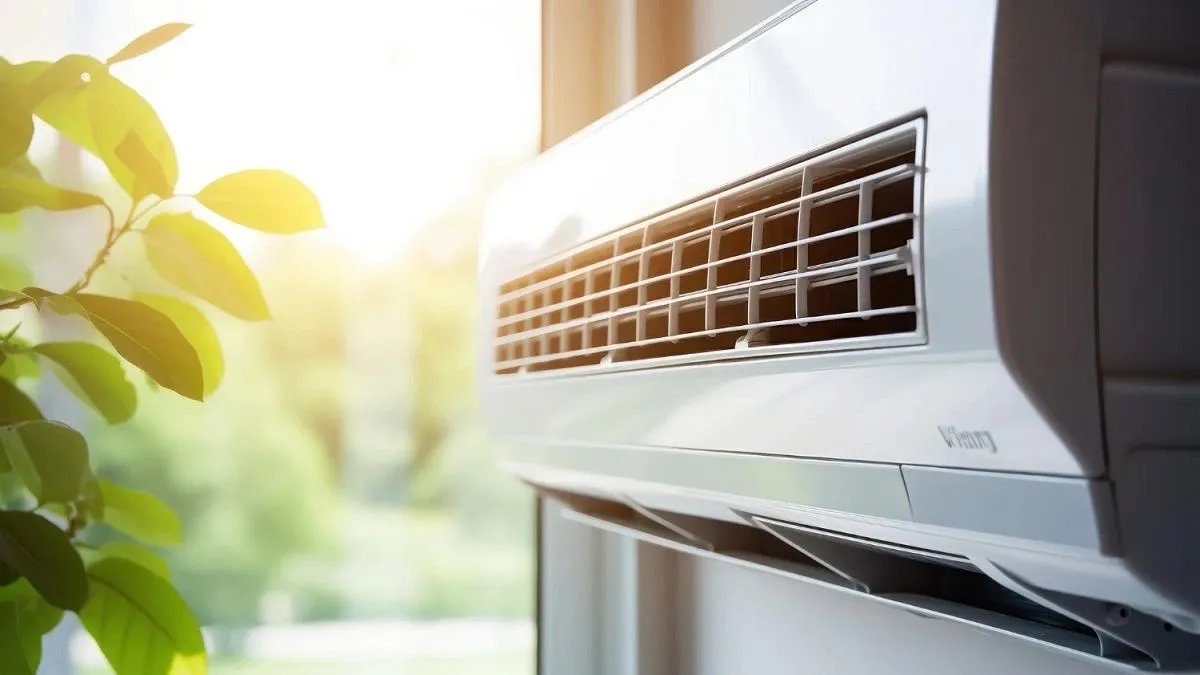
Staying cool through India’s long, humid summers means choosing an air-conditioner that can beat 45 °C heat without wrecking your electricity bill. Voltas’ 1.5 ton line-up is sized perfectly for the average 130–180 sq ft bedroom or living-room, and the brand’s “Adjustable Inverter” tech lets you dial down capacity on milder days to save even more power. Below are five of the strongest options across budgets and installation styles:
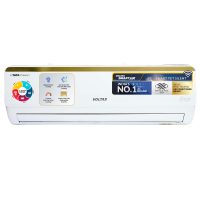
Voltas 1.5 Ton 5 Star Inverter Split AC (Copper, 5-in-1 Adjustable Mode)
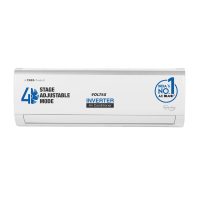
Voltas 1.5 Ton 5 Star Inverter Split AC (Copper, 4-in-1 Adjustable Mode)
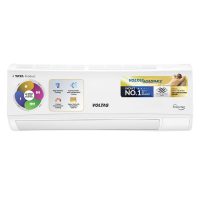
Voltas 1.5 ton 3 Star, Inverter Split AC (Copper, 4-in-1 Adjustable Mode)
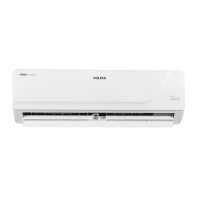
Voltas 1.5 Ton 3 Star, Inverter Split AC(Copper, 4 in 1 Adjustable Cooling)
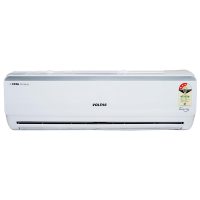
Voltas 1.5 Ton 3 Star, Inverter Split AC(Copper, 5-in-1 Adjustable Mode
Why Investing in the Right Voltas 1.5 Ton AC Matters
A Voltas 1.5 ton air-conditioner is more than a summertime luxury—it’s year-round insurance for comfort, health, and manageable power bills in India’s punishing climate.
Key benefits
All-day comfort, even at 52 °C – High-ambient compressors and Turbo modes keep rooms cool when the mercury soars.
Lower electricity bills – Adjustable-Mode inverters can dial capacity down to roughly 1 ton, saving energy on milder days.
Cleaner air & lower humidity – Anti-dust and anti-microbial filters, plus dedicated de-humidification, tackle pollutants and sticky monsoon moisture.
Built-for-India durability – 100 % copper coils, anti-corrosion fins, and wide-voltage PCBs shrug off salt, dust, and power swings, cutting long-term repair costs.
Key Features to Look For Before You Buy
Convertible cooling capacity: Seek models with 4-in-1 or 6-in-1 modes (≈ 0.7 ton up to full 1.5 ton) so the unit fits small-room nights and peak-heat afternoons without oversizing.
Energy rating / ISEER: A 5-star inverter (around 5.0 ISEER) slashes annual electricity spend; 3-star units trade some efficiency for lower upfront price.
Inverter compressor: Variable-speed compressors pull room temperature down faster, run quieter, and sip less power at part load.
100 % copper condenser with anti-corrosion coating: Easier to clean and far more durable in coastal or dusty environments.
Air-quality filtration: Look for anti-dust, anti-microbial, or PM 2.5 filters to tame allergens and smog particles common in Indian metros.
Wide-voltage operation: A 145–290 V stabilizer-free window handles rural voltage dips without extra hardware.
Smart conveniences: Self-diagnosis, Wi-Fi app control, and custom sleep curves simplify daily use and service visits.
Installation format: Splits are quieter and more efficient; window units cost less and work where mounting an outdoor unit is tricky.
How to Maintain Your Voltas AC for Peak Performance
Rinse the indoor filter every 2–4 weeks. Dust-clogged filters cut airflow and raise power draw.
Jet-wash evaporator and condenser coils twice a year—once before peak summer and again after the monsoon—to keep efficiency intact.
Check refrigerant pressure annually; low gas forces longer compressor cycles and can ice the coil.
Keep the outdoor unit clear—leave at least 30 cm of free space and keep foliage or grills from blocking airflow.
Add a surge protector in storm-prone areas, even if the PCB is rated for wide-voltage swings.
Update remote batteries and app firmware (for Wi-Fi models) so scheduling and diagnostics stay reliable.
Consistent TLC preserves cooling capacity, slashes breakdown risk, and protects your warranty.
Frequently Asked Questions (FAQ)
Q 1: How can I balance efficiency and features when choosing a Voltas 1.5 ton AC?
Look for a 5-star split inverter with adjustable tonnage, dedicated de-humidification, copper coils, and a self-diagnosis function. This blend maximizes comfort and energy savings without over-inflating the budget.
Q 2: Do I still need a voltage stabilizer?
Most recent Voltas inverters tolerate 145–290 V. In cities, a stabilizer is usually optional. In areas with severe brown-outs below 145 V or spikes above 290 V, add one for peace of mind.
Q 3: How often should I service the AC?
Book professional maintenance every six months—once before the summer rush and once after the monsoon—to check gas pressure, clean coils, and test electronic controls.
Q 4: Can a 1.5 ton window AC cool as effectively as a split?
Yes. For the same tonnage and star rating, cooling capacity is similar. Splits run quieter and more efficiently; windows cost less and are simpler to install where outdoor-unit space is limited.
Take Action: Pick Your Perfect Voltas AC Today
Review our Top 5 Voltas 1.5 Ton ACs, compare street prices, cashback offers, and installation slots in your city. Summer deals vanish quickly—lock in the unit that fits your room size, noise tolerance, and budget, and enjoy cool, energy-smart comfort from day one.
topreviewhome.com is a participant in the Amazon Services LLC Associates Program, an affiliate advertising program designed to provide a means for sites to earn advertising fees by advertising and linking to amazon.in.
© topreviewhome.com 2025 | All Rights Reserved.